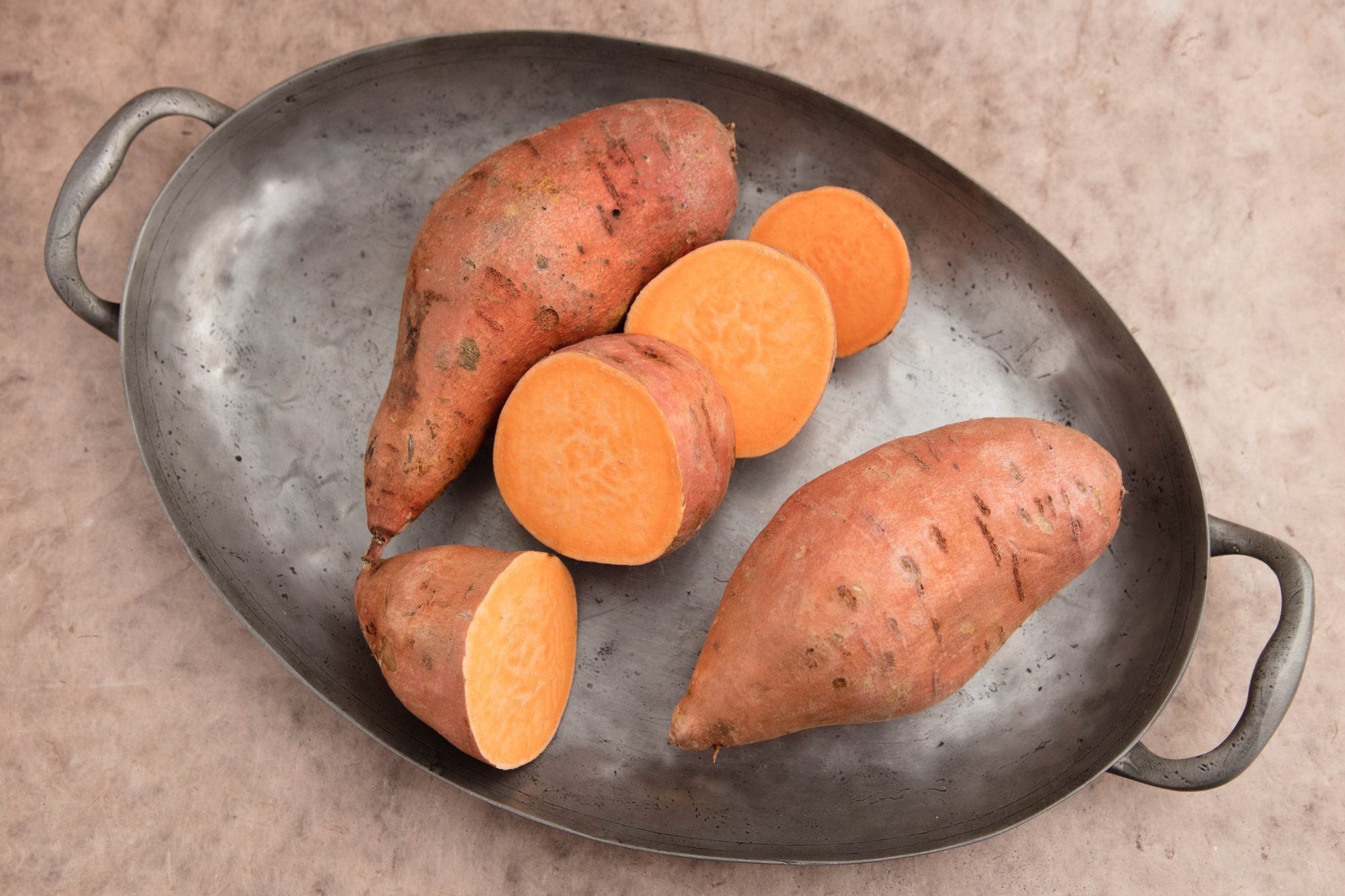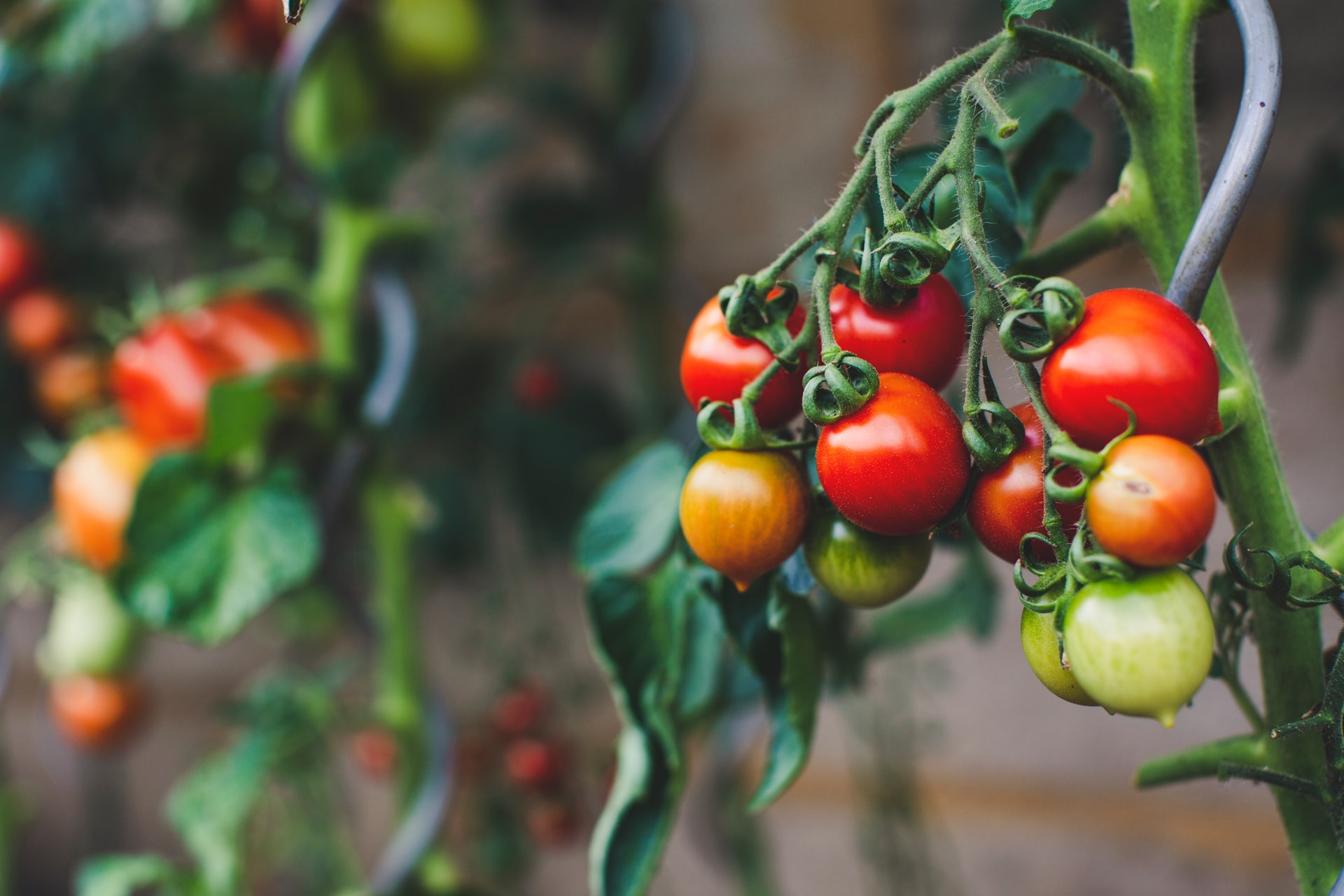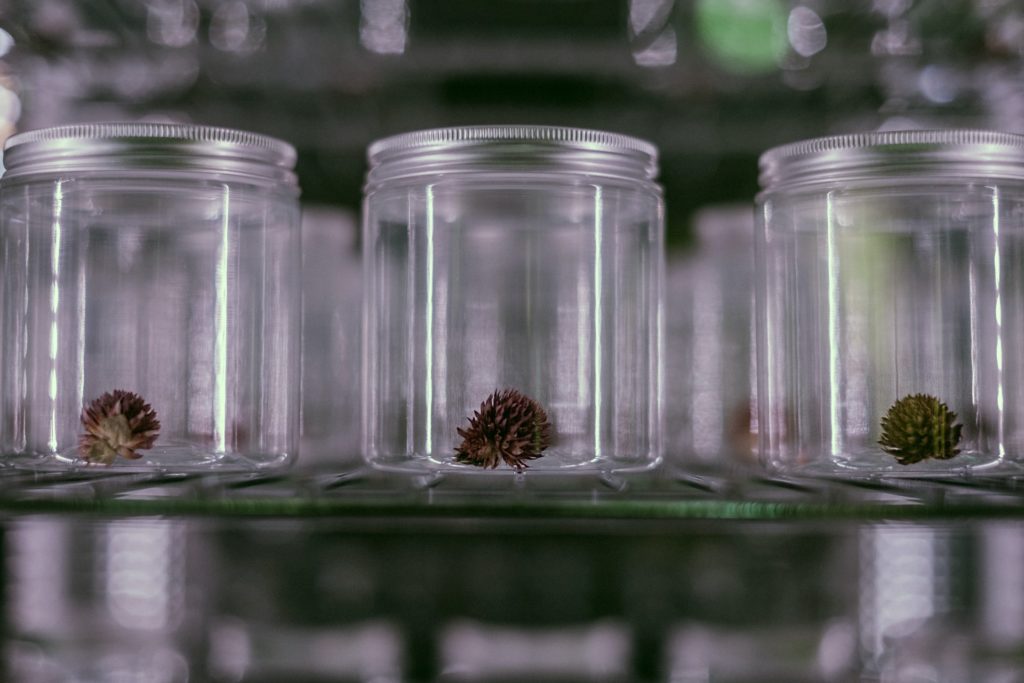With the advent of science and technology, our knowledge and understanding of food are evolving. Nowadays, people are creating food that is more resistant to pests and weather conditions, and these new plants are known as Genetically Modified Organisms.
GMOs have had a bad rep for far too long because people don’t really understand them, and I believe that knowledge is the key to growth. By learning more about Genetically modified Organisms, we are opening our plate. So without further ado, let’s learn some of the things that everyone should know and be conscious of when it comes to GMOs.
What are GMOs?

Most people don’t know the actual meaning of GMOs, but it is the abbreviation of Genetically Modified Organism, but this is also known as genetically enhanced and/or transgenic Organism. It refers to an animal or a plant whose DNA has been altered using a variety of genetically engineered methods.
Contrary to popular beliefs, a GMO is not a single crop variety or type of crop, and it is a thing that can be used in different ways and for different purposes. Most people conflate GMOs to GE, which is Genetically Engineered crops. In the case of transgenic GMOs, the DNA from another species is inserted into the genetic code of another.
But cisgenic GMOs have the DNA of a species inserted into the genetic code of the same member of the species. There are also other techniques like silence or turn off, which, as their name suggests, remove some pre-existing genes in an animal or plant.
By modifying the genetic material of a plant or animal, scientists can modify a plant to exhibit traits that either the farmer or consumer might find desirable. There are GE crops out there that are resistant to pests, mostly bugs, from feeding on them, which means that they yield a higher quantity of produce.
1. They have been around for ages

You think we sound like lunatics here, but yeah, we have been eating genetically modified food for ages now. You have been eating GMOs, but you don’t know it. Let me ask you a question and answer honestly. Do you know where the lettuce and tomato that McDonald’s comes from? As far as we know, they are using GMOs.
We’ve been playing gods when it comes to produce for a long time time, and carrot is the main example of this. Originally a wild carrot looked more like a potato than the carrot as we know it nowadays. You have been planting them in confined areas for so long that they took the shape that we know them to have now.
2. The US was the first country to have invented GMO crops

Yes, the US is not just the inventor of mass shootings and infringing on people’s human rights (Texas and the abortion law we are talking about you). 88% of corn and 93% of soy that is produced in the United States are genetically modified.
Corn is a big sale item in the states and is used for a plethora of purposes; it is used to feed animals, in porridge, to make tacos, and so much more. Soy is also used for a multitude of purposes, and it is used in biofuel, food oil, soy milk, and even animal feed.
According to studies, about 60 to 70% of all the processed food that is food in grocery stores in the US contains at least some form of GMOs in them.
3. They allow the use of fewer pesticide

If you are consuming vegetables, then they most likely contain pesticide even if it is a bio vegetable (yes, bio produce used pesticide, but a specific agency approves these pesticides). Pesticides are used to get rid of pests that would otherwise feed on these crops.
However, pesticides are not good for our health and the planet either. Pesticides are up there when it comes to the causes of global warming. So GMOs that are resistant to pests, then planters have to use less and fewer pesticides, and they yield a more significant amount of produce.
Some GMOs produce the BT gene, and this allows the plant to produce BT bacteria. This is harmless to the plants but is deadly for pests that decide to feast on these plants.
Sound off in the comments section below and tell us if you want to learn more about GMOs.


